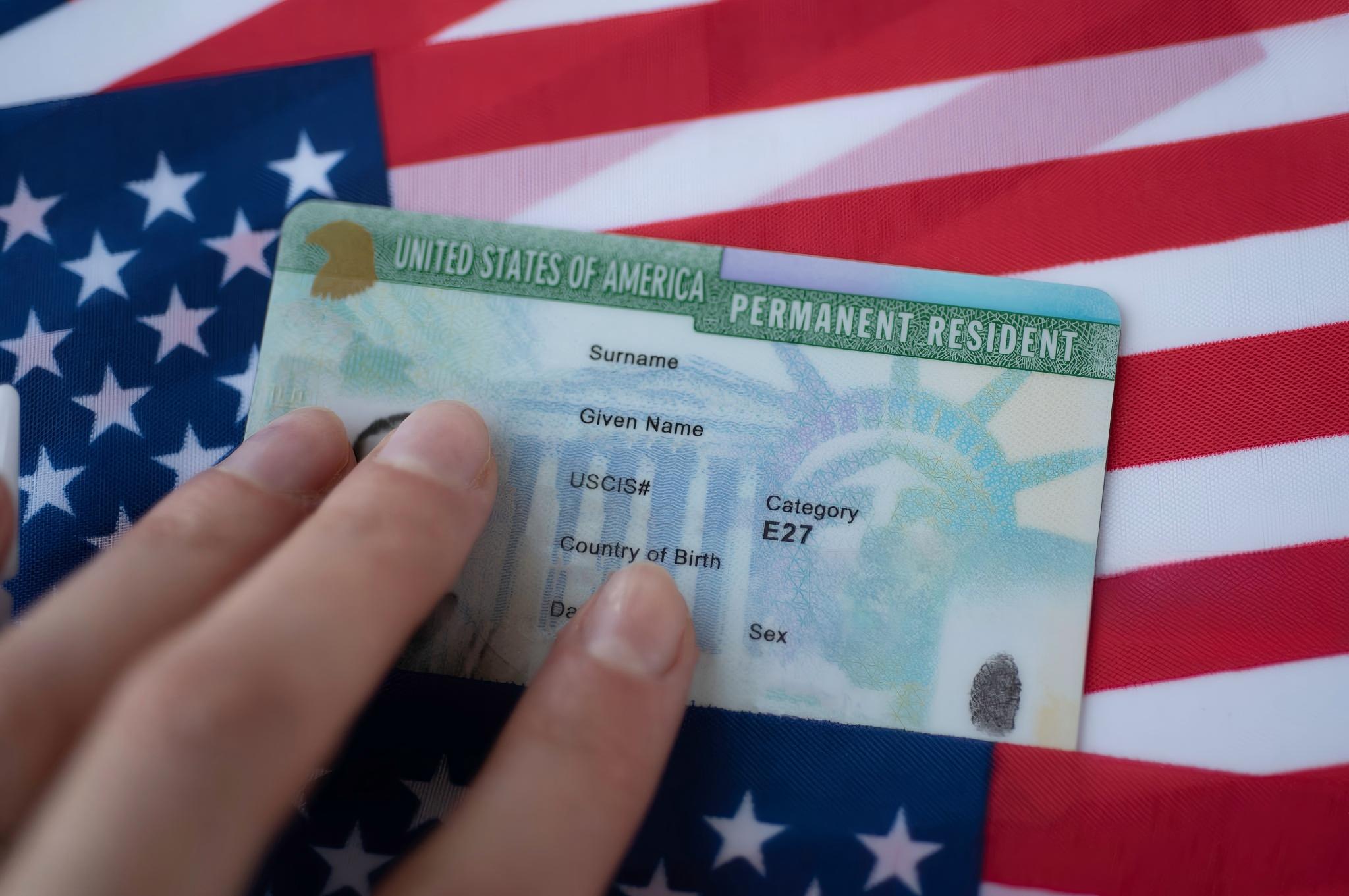Imagine having a visa application rejected after waiting six months, not because you were ineligible, but because the translation of your birth certificate lacked a specific signature. Or imagine a cross-border merger stalling because a clause in the contract was interpreted loosely rather than legally.
In the legal and immigration sectors, accuracy isn’t just about grammar; it’s about liability. Whether you are an attorney handling international litigation or an individual navigating USCIS (United States Citizenship and Immigration Services) requirements, understanding the mechanics of Certified Legal Contract Translation is critical.
This guide strips away the jargon to explain exactly what you are paying for, why "free" translation tools are a legal liability, and how the certification process works.
What Actually is a "Certified Translation"?
There is a common misconception that a certified translation must be performed by a translator who is "certified" by a government body (like the ATA in the US). While credentials help, that isn't the legal definition.
A Certified Translation is a translated document accompanied by a signed statement (often called a "Certificate of Accuracy" or an "Affidavit of Translation") from the Language Service Provider (LSP) or the translator.
This statement must legally attest to two things:
The translation is a complete, accurate, and true representation of the original document.
The translator (or agency) is competent to translate between the source and target languages.
What does a Sample Certificate look like?
Header: Official Letterhead of the Translation Agency.
Body: "I, [Name], certify that I am competent to translate from [Language A] to [Language B], and that the attached translation is accurate to the best of my knowledge..."
Contact: Full address and phone number of the agency.
Signature: Wet ink or secure digital signature.
Without this attached page, your translated contract is just a piece of paper in the eyes of a court or immigration officer.
The "Google Translate" Trap: Does USCIS Accept AI?
Let’s address the elephant in the room. In an era where AI can write code and poetry, many ask: "Can't I just use Google Translate or ChatGPT for my immigration documents?"
The short answer is No.
The detailed answer: USCIS and most courts operate under strict evidentiary rules (specifically 8 CFR 103.2(b)(3) for US immigration). They require a human chain of custody regarding accuracy.
Accountability: An AI cannot sign an affidavit. It cannot be held liable for perjury or negligence.
Nuance: Legal contracts often use "terms of art"—phrases where the legal meaning differs from the dictionary definition. Machine translation frequently defaults to the literal meaning, potentially voiding the contract's intent.
If you submit a machine-translated document to USCIS, it will almost certainly result in a Request for Evidence (RFE), delaying your case by months, or an outright denial.
Certified vs. Notarized: Clearing the Confusion
Clients often use these terms interchangeably, but they serve entirely different legal functions. You may need one, the other, or both.
| Feature | Certified Translation | Notarized Translation |
| Focus | Quality & Accuracy. Verifies the content is correct. | Identity. Verifies the person signing the document is real. |
| Who does it? | A professional translator or LSP. | A Notary Public. |
| What is verified? | The linguistic accuracy of the text. | The authenticity of the signature on the certificate. |
| Common Use | USCIS, University Admissions, Medical Records. | Court Orders, Real Estate Deeds, some International Tenders. |
Note: A Notary Public does not verify the translation quality. They only verify that the translator showed ID before signing the affidavit.
From Quote to Delivery: A Transparent Process
One of the biggest friction points in the translation industry is the "black box" of pricing. Clients fear hidden formatting fees or rush charges. A professional workflow should be boringly predictable.
Here is what the lifecycle of a legitimate certified translation looks like:
1. The Quote (No Surprises)
You submit your document. A project manager analyzes the word count, complexity (legalese vs. general text), and formatting requirements. You receive a fixed price. If an agency gives you a vague estimate instead of a fixed quote, walk away.
2. Translation & Editing (TEP)
The document isn't just translated. It goes through a TEP process: Translation, Editing, and Proofreading. A second linguist usually reviews the legal terminology to ensure consistency.
3. Formatting (Mirror Image)
Legal documents rely on structure (clauses, sub-clauses, pagination). The translated document must look exactly like the original so officials can compare them side-by-side.
4. Certification & Delivery
The Certificate of Accuracy is generated, merged with the translation, and delivered as a secured PDF. If hard copies are required (common for notarized documents), they are mailed via tracked shipping.
Why Experience Matters in Global Communication
When handling legal contracts, the stakes are incredibly high. A translation error isn't just a typo; it's a breach of contract waiting to happen. This is where the depth of the provider's experience becomes your safety net.
Artlangs Translation has spent years refining this delicate balance between linguistic nuance and legal rigidity. We don't just translate words; we migrate meaning across borders.
With expertise spanning 230+ languages, Artlangs has evolved beyond traditional document translation into a comprehensive language solutions powerhouse. Our track record includes:
Certified Legal Services: Precision-focused translation for immigration, litigation, and corporate contracts.
Media Localization: From video localization and short drama subtitles to complex dubbing for audiobooks and dramas.
Gaming & Tech: Specialized game localization and multi-language data annotation/transcription that powers the very AI models discussed earlier.
Whether you need a single birth certificate certified for a visa or a massive volume of short drama scripts localized for a global audience, Artlangs brings the same level of rigorous quality control to every project.
Don't leave your legal standing to chance. Ensure your documents are certified, compliant, and accurate.
Frequently Asked Questions
Q: Does USCIS require the original document to be mailed?
A: generally, no. For the initial application, USCIS usually accepts clear photocopies or high-quality scans of the original document accompanied by the certified translation. However, you should always keep the originals safe in case they are requested later.
Q: Can I translate my own documents for USCIS if I am bilingual?
A: No. USCIS regulations prohibit the applicant (or family members) from translating their own documents to prevent conflict of interest. You must use an independent third party.
Q: How long is a certified translation valid?
A: A certified translation does not expire. As long as the original document remains valid, the translation remains valid indefinitely.
Next Steps for You
Do you have a contract or legal document that needs a quote today? I can help you outline the specific details an agency like Artlangs would need (word count, language pair, deadline) to give you an immediate and accurate estimate. Would you like to start there?











